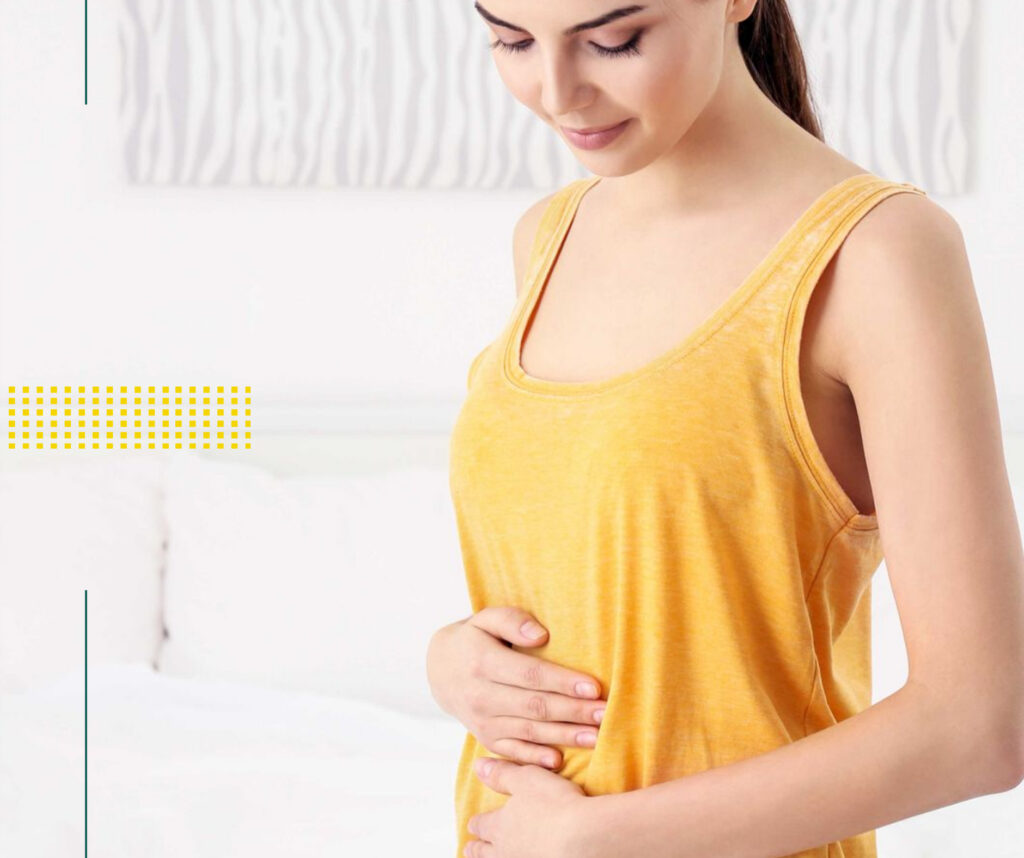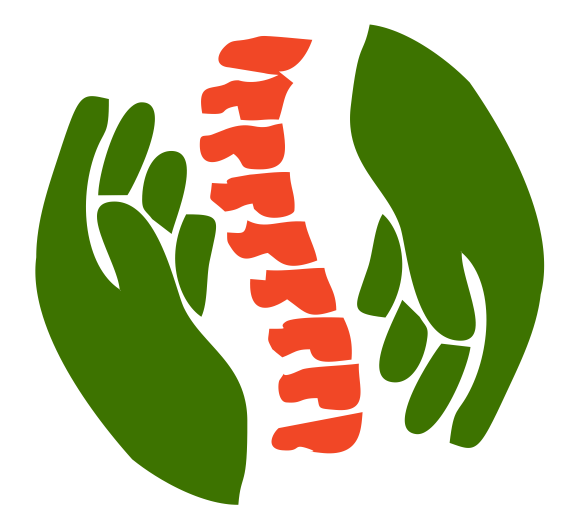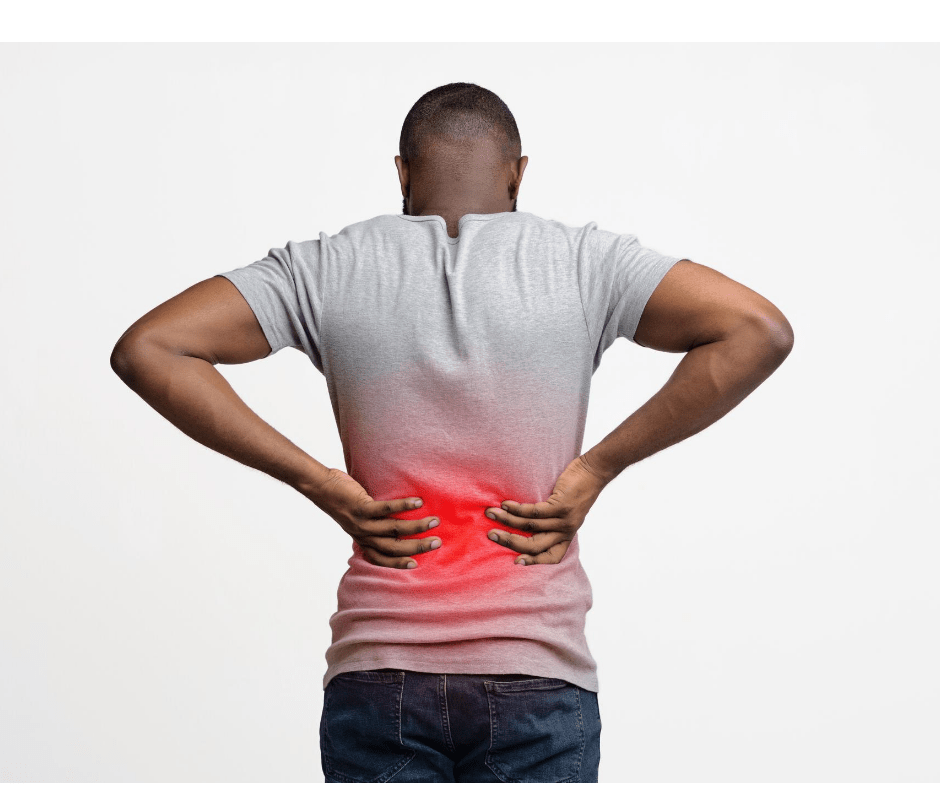Understanding Low Back Pain After A Cesarean Section

Hello, wonderful readers! Today, I want to discuss a topic that many new mothers experience but might not openly talk about, low back pain after a cesarean section.
Bringing a new life into the world is a joyous occasion but often comes with unexpected physical challenges. Let’s find out why this happens, address common concerns like “is back pain after C-section permanent?”, and explore effective ways to find relief.
Causes of Back Pain After C-Section Delivery
Experiencing back pain after a C-section is quite common, and several factors contribute to this discomfort:
Surgical Procedure: A C-section involves cutting through multiple layers of tissue, including abdominal muscles. The healing process can cause pain and inflammation in surrounding areas, including the lower back.
Anesthesia Effects: Spinal or epidural anesthesia, commonly used during C-sections, can sometimes lead to back pain at the injection site. However, studies suggest that persistent low back pain may not be directly attributable to the anesthesia itself.
Postural Changes: Pregnancy alters your posture due to the growing belly, leading to increased lumbar lordosis (inward curve of the lower back). Postpartum, these changes, combined with the physical demands of caring for a newborn, can strain the back muscles.
Core Weakness: The abdominal muscles are stretched and weakened during pregnancy and further impacted by the surgical incision during a C-section. This weakness can lead to increased strain on the lower back.
Is Back Pain After C-Section Permanent?
It’s natural to worry about the longevity of post-C-section back pain. The good news is that, for most women, this discomfort is temporary. Pain intensity typically decreases over the days, weeks, and months following delivery. However, some studies indicate that a percentage of women may experience persistent low back pain even years after delivery. Factors such as pre-existing back issues, the baby’s weight, and postural changes during pregnancy can influence the duration and intensity of postpartum back pain.
Effective Strategies to Relieve Back Pain After C-Section
Here are some practical steps that have helped many new mothers alleviate back pain post-C-section:
1. Prioritize Rest and Gradual Activity
- Rest: Allow your body time to heal by getting adequate rest. Avoid lifting heavy objects and engage in gentle movements as tolerated.
- Gradual Activity: As you recover, gradually introduce light activities like walking to promote circulation and muscle engagement.
2. Practice Good Posture
- Standing: Keep your shoulders back and avoid slouching.
- Sitting: Use a chair with good lumbar support, and consider placing a small pillow behind your lower back.
- Lifting: When picking up your baby, bend at the knees and keep your back straight to reduce strain.
3. Strengthen Core Muscles
- Pelvic Tilts: Lie on your back with knees bent, tighten your abdominal muscles, and gently tilt your pelvis upward.
- Kegel Exercises: Strengthen pelvic floor muscles to support core stability.
- Consult a Physical Therapist: They can provide tailored exercises to safely rebuild core strength postpartum.
4. Apply Heat Therapy
- Warm Baths: Once your healthcare provider approves, soaking in a warm bath can relax tense muscles.
- Heating Pads: Apply a heating pad to the lower back for 15-20 minutes to alleviate discomfort.
5. Consider Professional Support
- Physical Therapy: A therapist can guide you through exercises and techniques to reduce back pain.
- Massage Therapy: Gentle massage can help relieve muscle tension in the back.
6. Stay Hydrated and Maintain a Balanced Diet
- Hydration: Adequate water intake supports muscle function and recovery.
- Nutrition: A balanced diet rich in vitamins and minerals aids the healing process.
When to Seek Medical Attention
While back pain after a C-section is common, certain symptoms warrant prompt medical evaluation:
- Severe or Worsening Pain: If the pain intensifies or doesn’t improve over time.
- Neurological Symptoms: Numbness, tingling, or weakness in the legs.
- Signs of Infection: Fever, redness, or discharge at the incision site.
If you experience any of these symptoms, consult your healthcare provider promptly.
Conclusion
Experiencing low back pain after a cesarean section is a common postpartum challenge. While it’s typically temporary, understanding the causes of back pain after C-section delivery and implementing effective relief strategies can significantly enhance your recovery. Always listen to your body, practice self-care, and don’t hesitate to seek professional guidance if needed.
Wishing you a smooth and restful recovery!
Note: This article is for informational purposes only and should not replace professional medical advice. Always consult with your healthcare provider regarding any concerns or symptoms.



